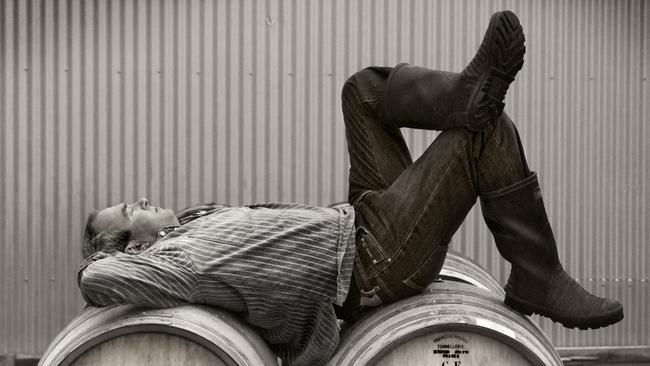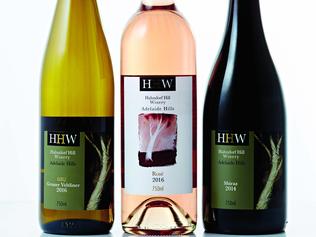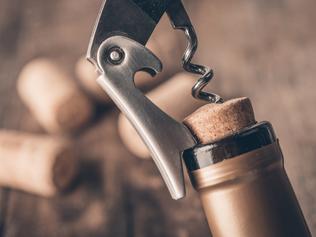Marlborough man shows his age well
Wild Sauvignon is a rich, textural white that ferments spontaneously in oak barrels using natural yeasts.

This week I’ve been drinking something old, something new and something orange. Well, oldish, newish and orange-ish.
Kevin Judd made his name as winemaker at Cloudy Bay in Marlborough, New Zealand, back in the 1980s and 90s. Since leaving to set up his own label, Greywacke, in 2009, one of the most impressive wines he has produced has been his Wild Sauvignon — a rich, textural white that, unlike most conventional Marlborough savvies, ferments spontaneously in oak barrels, using the natural yeasts on the grapes and in the environment.
Unusually, too — given the fact most examples of this grape are drunk young and fresh, before the next harvest rolls around — Judd waits for a couple of years before selling the Wild Sauvignon (the current vintage, 2014, is available now for $40), believing it not only needs that time to develop its best characters but is also a wine that can develop further in the cellar.
To demonstrate, he sent me a bottle of every vintage he has released, and he’s quite right: the 2014 has a touch of soft vanilla richness but is still bracing and fresh; the 2013 and 2012 are positively bursting out of the glass in youthful exuberance; the 2011 is beginning to pick up some blossomy, apricoty complexity, the 2010 some weight and substance on the tongue; the 2009 fills the mouth with creamy texture and floral perfume.
If you thought Marlborough sauvignon blanc was just a drink-now proposition, these wines make you think again. More: greywacke.com.
The 2016 Australian grape harvest finished only a few months ago, but already our bottle shop shelves and restaurant lists are teeming with white, pink, and even red wines from what looks to have been a quality vintage. I’ve been impressed so far by the rieslings from Clare and the warm-climate white Italian varietals such as fiano and greco. And I’ve fallen in love with many of the fresh, gluggable light reds I’ve tasted — perfect drinking for spring.
If you like this style of wine, look for the crisp, crunchy 2016 Ravensworth Gamay Noir ($36, ravensworthwines.com.au); the super-juicy 2016 De Bortoli Villages Pinot Noir (great value at the full price of $20 but I’ve seen it for as little as $17, debortoli.com.au); and the 2016 Shadowfax Mondeuse ($25, shadowfax.com.au), which is juicy and sappy like the others but has a deliciously wild, funky edge, too. There’ll be plenty more to recommend during the next few months, I’m sure.
“Orange wine”, as you know, is one of the trendiest styles out there in sommelier land right now. It’s the term used to describe wines made from white grapes that have been fermented on their skins because wines made this way often have an orange colour. Some don’t like the term, though, as they think it’s confusing (have the wines been made from oranges, or from the Orange region in NSW?), and suggest “amber wine” instead.
McLaren Vale winemakers Dudley Brown and Irina Santiago-Brown of Inkwell vineyard have come up with another tag for the rather good, tangy, 2016 skins-fermented viognier they’ve released for $25 a bottle under their Dub Style label: they’ve called it Tangerine — a nod to the Led Zeppelin song of the same name.
It’s not the only Dub Style skin-contact viognier made in 2016, either. The crazy winemaking pair also have released a semi-moscato-style wine they’re calling Bubbly No. 1: fruity, rich, sparkling, and packaged in a 375ml can for $13 a pop. A lot of winemakers overuse the “unique” claim but in this case it’s true: this surely must be the world’s first off-dry, extended skin-contact sparkling viognier in a can. More: dubstylewines.com.


